Yes, culture is also liquid. Vineyards and wines from the Northwest of Spain It was a doctoral thesis that the geographer Alain Huetz de Lemps took twelve years to complete, written between 1955 and 1967. The adventure led him to travel through many towns in Rioja, Galicia or the north of Castilla y León, talk to farmers and understand, from the origin, the wines of Spain. Half a century after finishing it, his work can be read completely in Spanish thanks to the initiative of the Liquid Culture Foundation.
"I didn't know what trouble I was getting myself into." explains Alain Huetz de Lemps, when he began the adventure that would take him to the north of Spain to write his thesis. The French geographer, who last July blew out the candles on a cake with which he celebrated his 95th birthday, thus recalls one of the adventures of his prolific life, that of elaborating the thesis for which he would obtain the Professor of Geography at the University of Bordeaux, and from which he retired in 1992 after an exciting professional career.
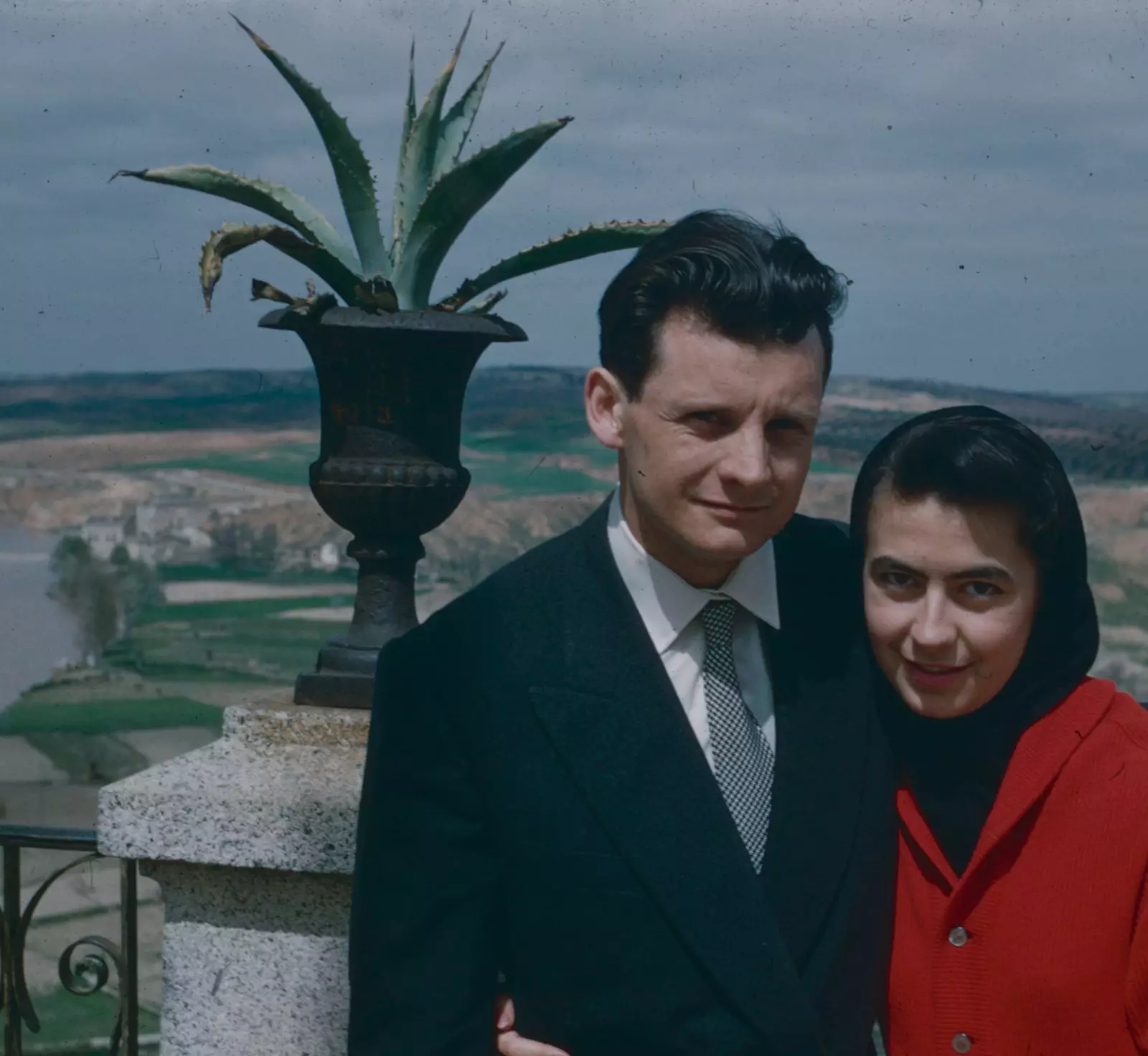
Alain Huetz de Lemps and Nicole Méndez.
The thesis was called, in the original French, Vignobles et vins du Nord-Ouest de l'Espagne, and thanks to a meticulous and conscientious approach to the geography, history and society of Spain in the 50s and 60s, his work has crossed the academic frontier and has become an obligatory reference work.
Because Vineyards and Wines of the Northwest of Spain It is a unique book that Alain took twelve years to complete and that began in the office of his teacher Roger Dion, renowned geographer and author of another major work on viticulture in France, Histoire de la vigne et du vin in France. It was he who suggested to Alain to study the Spanish vineyards, choosing a certain area and leaving it, he explains “geographically consistent”.
BY CAR FROM TOWN TO TOWN
So, at the age of 24 and his Renault 4/4, the first car of the French brand that was manufactured in Spain and known here by that name for having four doors, four squares and four horses, and then a symbol of post-war improvement and freedom, Alain launched himself into the profound Spain of the 1950s, as he recounts, "region by region" and "town by town".
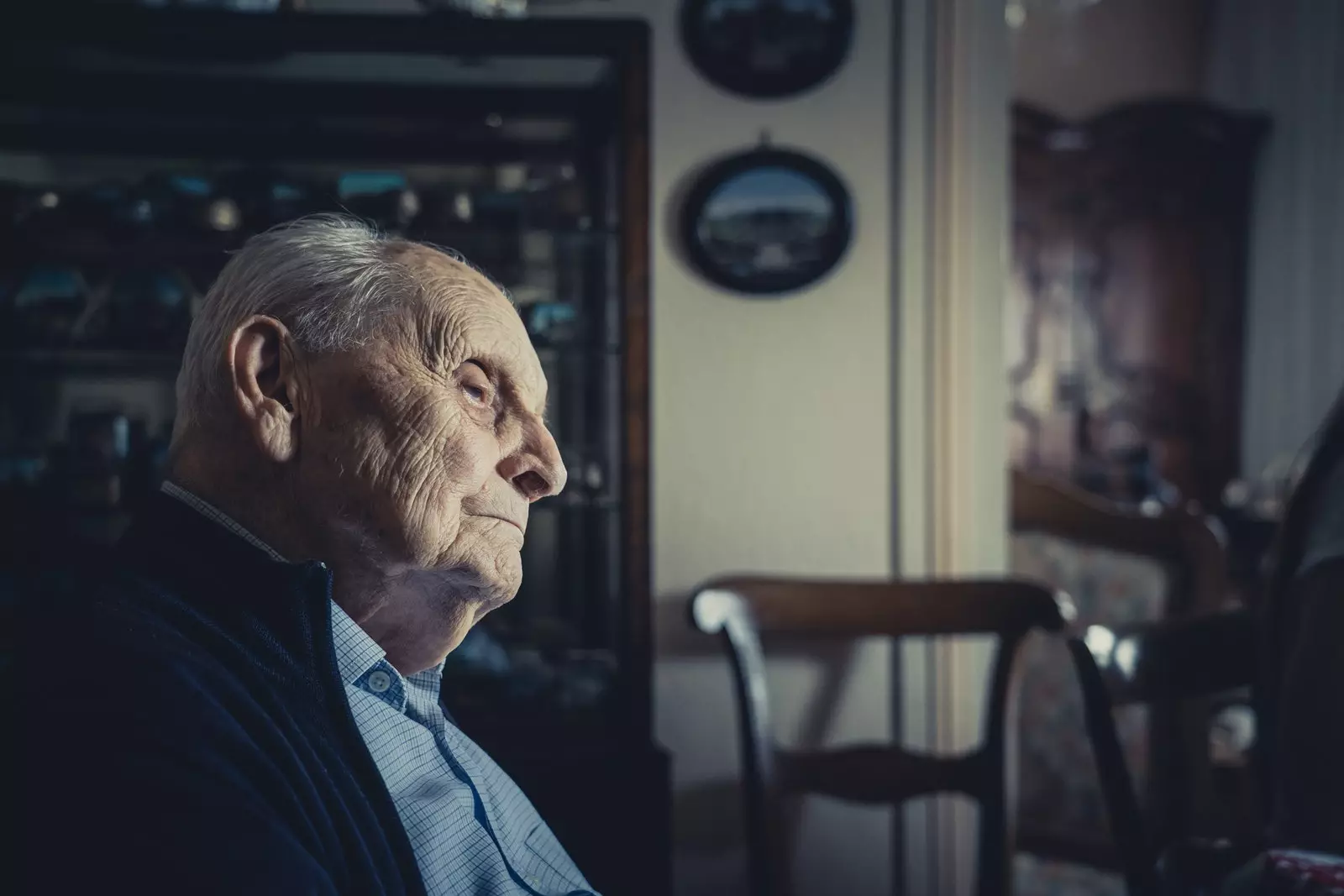
Alain Huetz de Lemps.
His journey led him to explore rural areas and parishes and to immerse himself in a multitude of municipal archives that, on occasions, they required the help of other young Spanish geographers to obtain permission and that Alain could access. A yes, the doors of the Municipal Archives of Madrid, Valladolid or Simancas were opened to him. He, born in Bourges and French-speaking, had to help himself with his wife Nicole Méndez, born in Madrid, to read the documents and provide, says Alain, an "essential" intellectual help.
He slept in pensions, ate simple dishes and blended in with the people of the towns he visited. His research took him through the vineyards of Galicia, Asturias, Santander, Euskadi, Navarra, Rioja and some provinces of Castilla y León, a total of 300,000 hectares. that they supposed the fifth part of the Spanish vineyard; some 155,000 square kilometers of territory in Atlantic Spain, the Duero region to the border with Portugal, the upper Ebro basin, Rioja and Navarra, up to eighteen different provinces.
Alain discovered lands full of contrasts in the vineyard and in the qualities of the wines. Also in the social, or he noted the difference between small winemakers and their artisanal or rudimentary work and authentic “wine factories” as the geographer describes in the prologue, which used modern technology. While in some towns the wine traveled in skins and perched on old mules, a short distance away large tanker trucks distributed it, coming from La Mancha, in the shops of the cities.
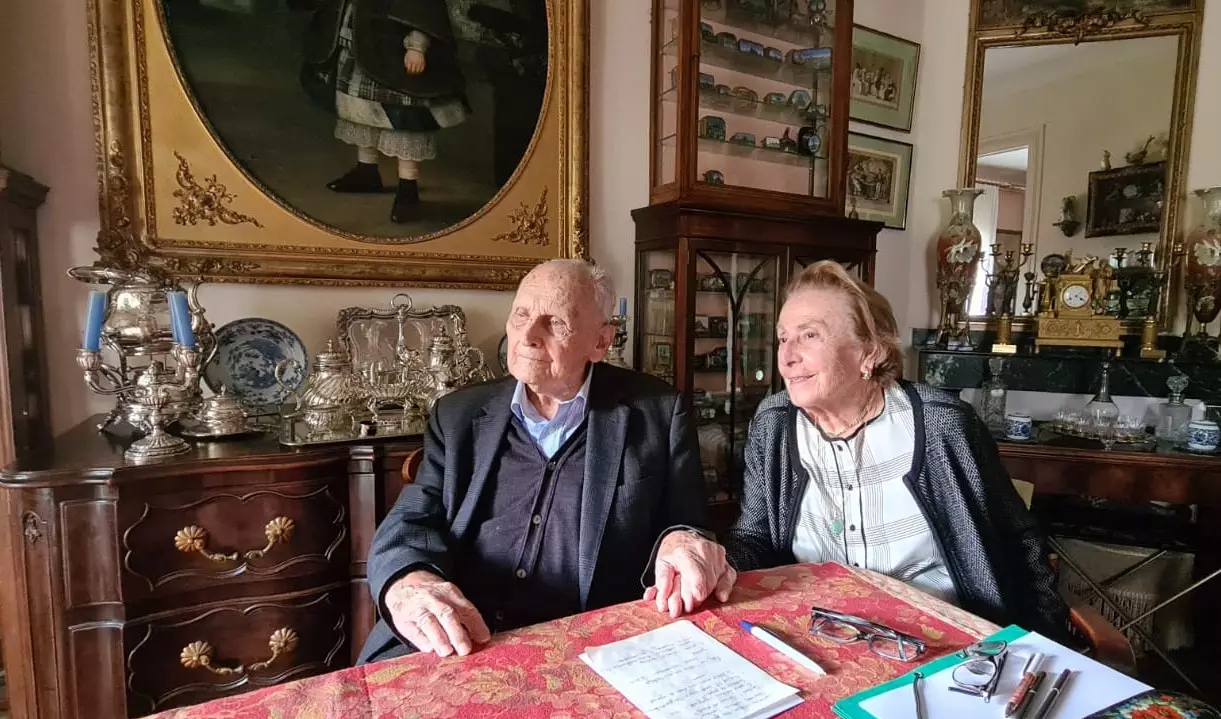
Alain Huetz de Lemps and Nicole Méndez, today.
For him, the vineyards of northwestern Spain enjoyed a diversity that he describes as extraordinary, and his goal with the thesis was to capture its most original aspects “before this ancient fundamental activity is invaded by a depressing uniformity”.
DIVING INTO THE RURAL ENVIRONMENT OF SPAIN IN THE 1950s
Vineyard distribution, climate, phylloxera crisis in the 19th century, conflicts between owners and laborers, the arrival of the industry in the world of wine, cooperatives or the development of the vineyard from a historical perspective are just some of the themes of this book that, 50 years later, is still modern and has served as a reference for the constitution of some appellations of wine origin in Spain.
Alain comments in the prologue that the diversity in the climate and a complex historical evolution fall short to explain the originality of the vineyards of northwestern Spain, and adds that "wine growers have had to fight against many enemies to maintain and develop their plantations, and natural plagues have sometimes been less terrible than human rivalries."
As a privileged witness of a time and a territory, Alain reflects that reality without intervening in it, but with a human gaze. The Master of Wine Pedro Ballesteros comments on the book: "I already loved Alain before I met him, because he has opened my eyes" when describing "people who are inscribed in landscapes", making the book maintain passages that are fully up to date.
He also adds that his work discovers a large number of vineyards "almost unknown, of unexplored potential, of stories of abandonment and isolation that did not allow a large wine area to be exploited" and that the development of some regions and the value of their unique vineyards is not so much the result of a "divine blessing" as well as social development and markets.
Alain finished his thesis at the age of 40, reconciling his work as a professor at the university with the writing of the work and research during non-teaching seasons. Thanks to a printer from Bordeaux who helped him compose the text and adapt particularities from Spanish to French, such as eñes or accent marks, the work was able to be printed (an essential condition to be able to publish it and read it before a court) and the geographer obtained a mention of Très Honorable, in addition to winning the chair.
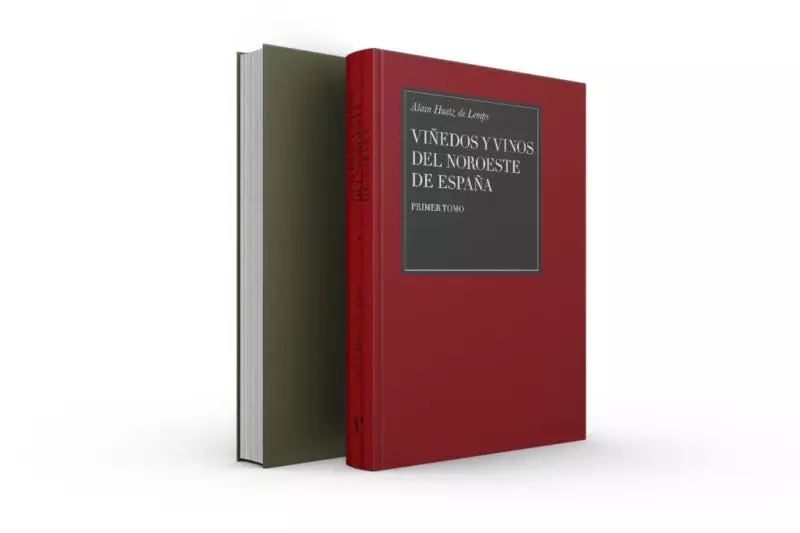
Vineyards and wines from northwestern Spain.
AN ESSENTIAL BOOK AND AN EXCITING LIFE… AND A LONG LIFE
Vineyards and Wines of the Northwest of Spain it passed without pain or glory in our country, but over time, people began to talk about it and to translate some of its fragments.
It was the Liquid Culture Foundation, a project created by Alma Carraovejas for, explains the owner of the winery group, José María Ruiz, the "defense, promotion and dissemination of wine culture, being respectful of the viticultural, cultural and human heritage and the processes that give rise to winemaking”, which took note of the work and considered, as the first of its actions through its editorial division, to translate it completely and edit it, turning it into a “compendium of knowledge that weighs three and a half kilos”, adds the director of the Foundation, Cristina Alcalá. The work maintains its two-volume layout and retains the original charts and notes that Alain wrote with the help of Nicole.
To convince Alain and be able to publish the work, Cristina, accompanied by the director of Alma Carraovejas, Pedro Ruiz, traveled to Bordeaux, where the Huetz de Lemps couple resides, and both knocked on their door, beginning a beautiful friendship that, in addition to publishing the book, has given rise to a documentary still in production that reflects this fascinating adventure of a no less fascinating researcher.
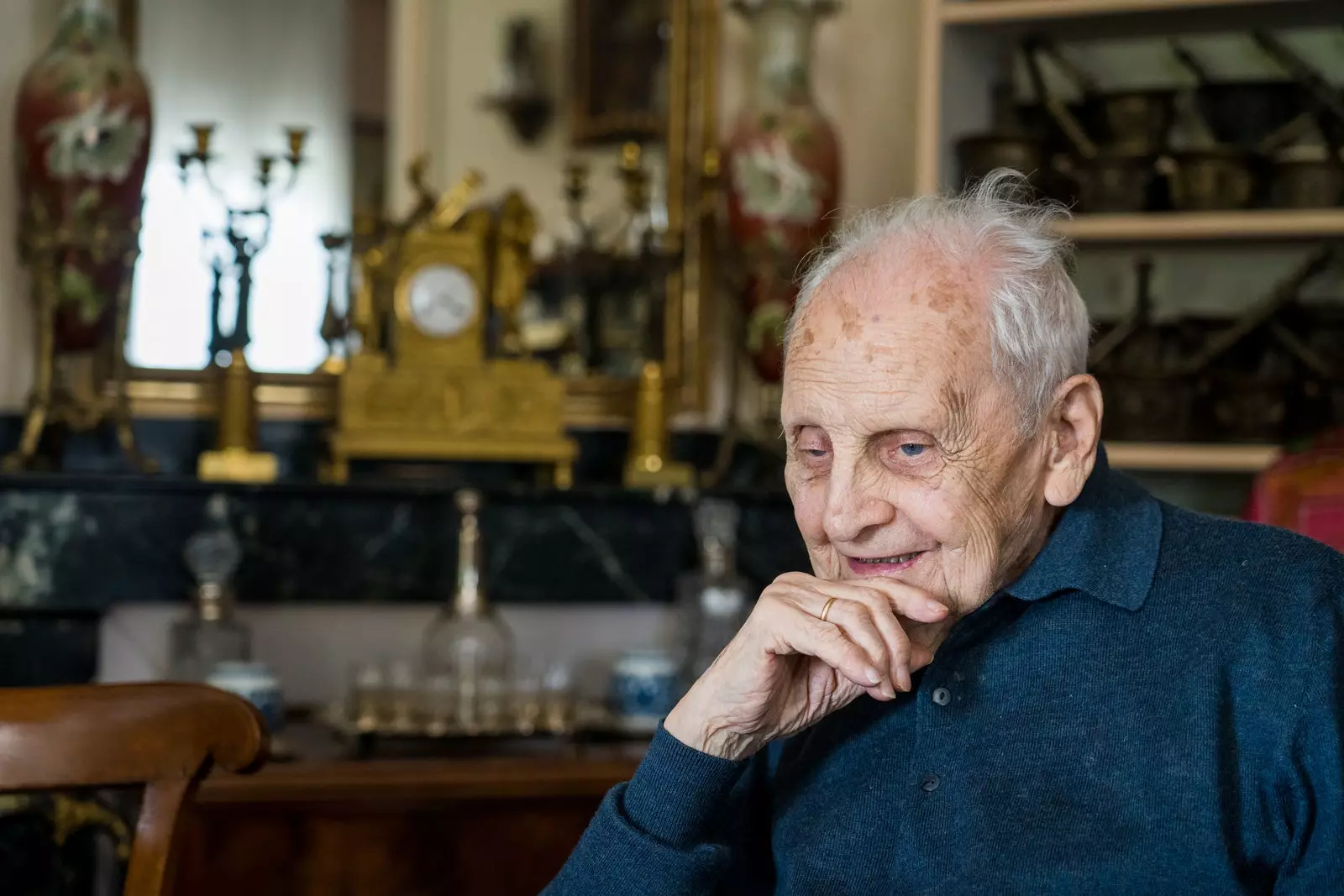
Alain Huetz de Lemps, today.
Huetz de Lemps is, in his “long, very long career”, as he defines it, a professor who, after finishing his thesis, continued to travel to Australia, New Zealand and other Pacific islands to study tropical crops; especially sugar cane, which led him to also publish an interesting work on rum, Histoire du rhum.
He continued to travel on missions in Latin America, Morocco and other African countries and he lived closely the massacres in Rwanda and Burundi, in which he lost some of his colleagues. Then China, India... a long life, that of Huetz de Lemps, who could well look at that of a French Indiana Jones, with inexhaustible energy to generate knowledge and leave a better world than the one he found himself at birth.
